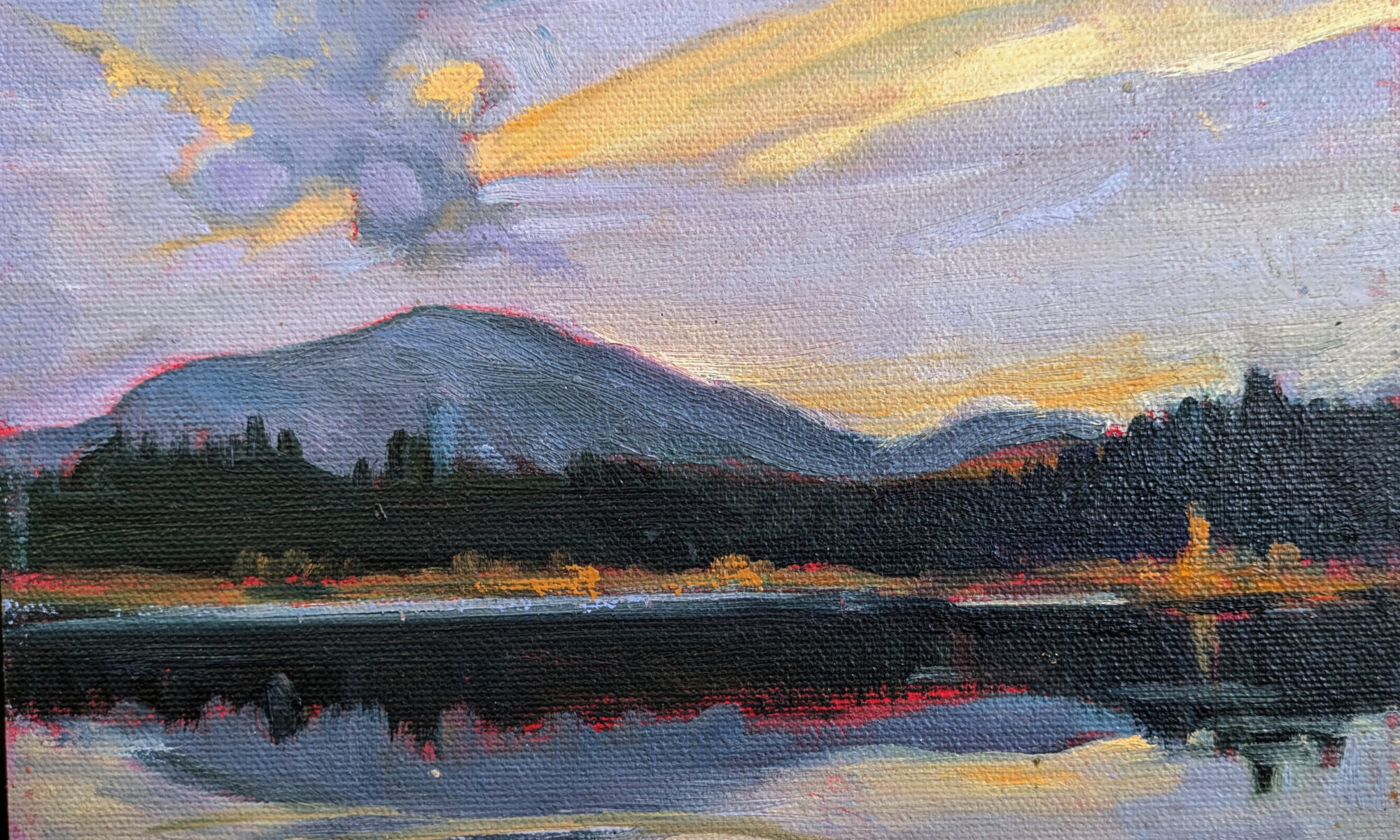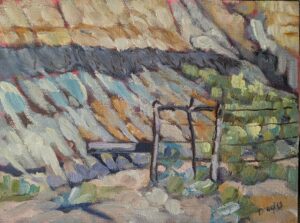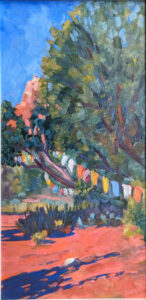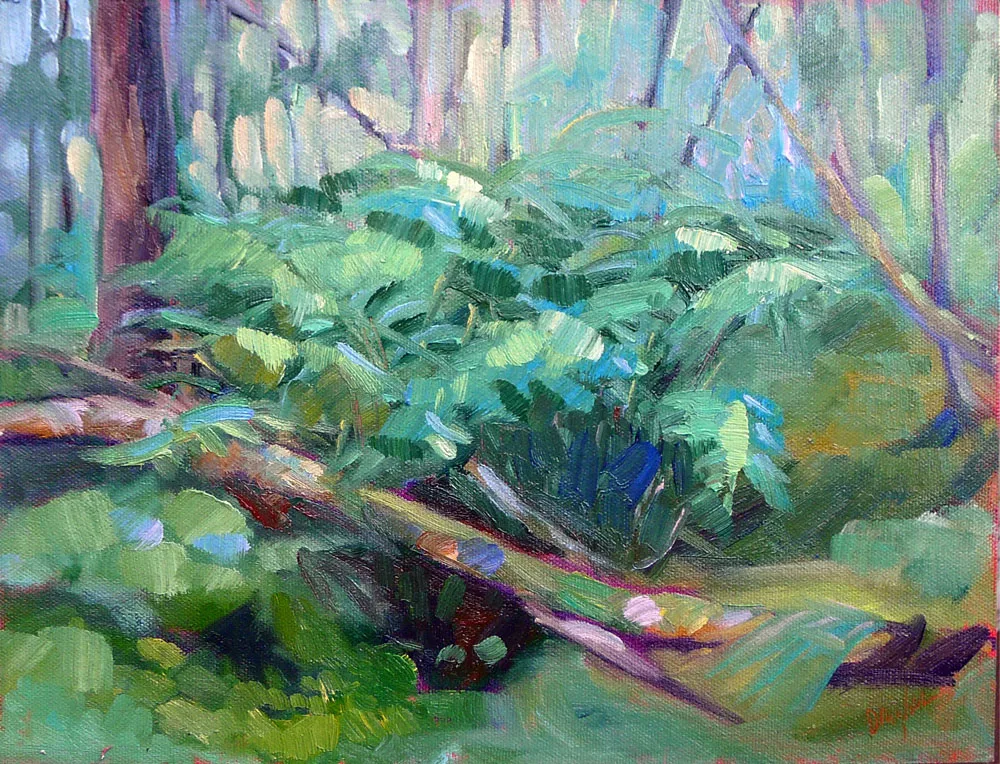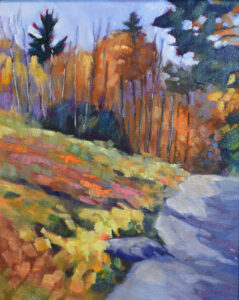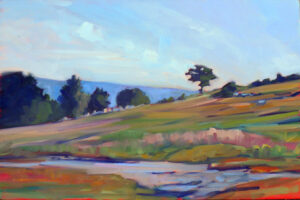
I have never once gotten up in the morning and said, “gee, I can’t wait to get outside and climb Beech Hill.” That goes double for winter, but I still do it every day.
I’ve been doing serious daily exercise (and, yes, I mean seven days a week) as long as I can remember. Even during chemo, I’d push my drip bag along on a pole and keep walking. In fact, I turned down a port because it would mess with my running schedule.

I’m not telling you this to be a twit; I believe exercise is an important daily habit, no different from brushing my teeth or making my bed. Although I’ve had two serious cancers, I’m still here. I’ve also avoided the typical diseases of aging like diabetes and heart disease.
The physical benefits of exercise are well-documented. Exercise improves brain health, including memory and learning, executive function, processing speed and attention span. It helps us manage weight, reduces the risk of disease, and strengthens bones and muscles.
Equally documented are exercise’s mental health benefits. Exercise reduces anxiety, depression, social withdrawal and negative mood. And exercise slows down the physical and mental decline of old age. I’m not going down without a fight.
Exercise and creativity go hand in hand
There’s a demonstrated link between exercise and creativity. “Even a single, brief bout of aerobic exercise can ignite creative thinking,” wrote Dr. Chong Chen, author of a narrative review on the topic. He looked at 21 studies exploring the link between exercise and creativity.
Both the type of exercise and its duration affect its impact on creativity. For example, strength training doesn’t seem to do much for brain plasticity. Too much exercise and we stop benefiting (and may even decline).
What is creative thinking, anyway?
Mid-century psychologist Dr. J. P. Guilford identified two types of creative thinking: divergent and convergent. Convergent thinking is arriving at the single best answer to a question. Divergent thinking is the process of exploring many possible solutions. Divergent thinking is associative and flexible, while convergent thinking relies on working memory and fluid intelligence.
You might think that divergent thinking is all we need as artists, but in fact we need both. First, we come up with our ideas; then we winnow and execute them.
How does this work, physiologically?
Regular aerobic activity can trigger structural changes in the brain, including increased brain volume, particularly in the hippocampus, according to Amir-Homayoun Javadi, author of Joggin’ the Noggin. But these adaptations occur over time. What happens in the short run?
Javadi suggests that acute exercise temporarily improves our blood flow, bringing fresh oxygen to the brain. Furthermore, exercise that doesn’t demand much thought (like my daily walk) actually dampens activity within the prefrontal cortex, allowing the mind to roam free, without constraints. That may be why walking shows better promise for creativity than yoga, which requires mindfulness.
The biggest bang for your buck
Activities like treadmill running and dance help with convergent thinking. Meanwhile, walking helps with divergent thinking and is the only form of exercise associated with heightened originality. However, it’s apparently useless at enhancing convergent thinking. On the other hand, if you have a hill or mountain nearby, the uphill slog can benefit your convergent thinking and the downhill amble will help your divergent thinking. Presto! Beautiful, balanced brain!
One more thing
If you know a school administrator, policy-setter, school board member, or parent, wave this post in front of him or her and suggest-strongly-that school policy allow kids lots more time untethered from their desks. Immobilizing our children, whether in school or in front of the television, is surely one of the great injustices of our current age.
Reserve your spot now for a workshop in 2025:
- Advanced Plein Air Painting, Rockport, ME, July 7-11, 2025.
- Sea and Sky at Acadia National Park, August 3-8, 2025.
- Find Your Authentic Voice in Plein Air, Berkshires, MA, August 11-15, 2025.
- Immersive In-Person Fall Workshop, Rockport, ME, October 6-10, 2025.

